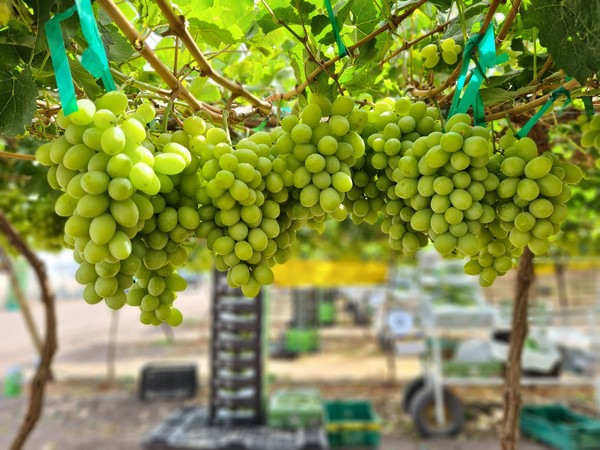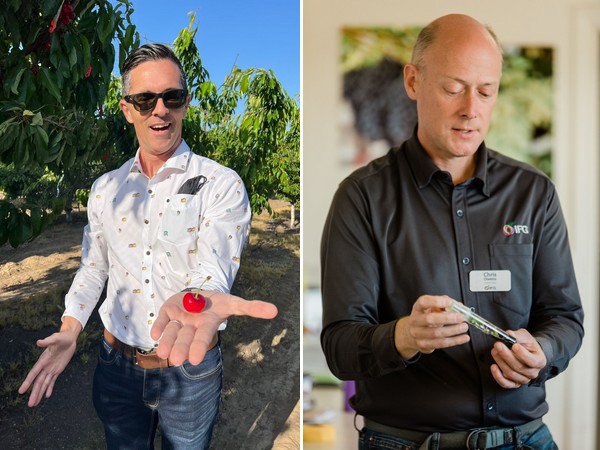Changing consumer expectations and tastes, climate change necessitating “low chill” fruit, and the need to digitize and harness data for breeding purposes are issues that may have been present in 2022 but are increasing intensity in 2023. Fruit breeder IFG is issuing the following predictions in the table grape and cherry space for 2023:
Table grapes – more unique flavors gain traction
In 2023, expect the table grape section of many retail outlets to offer some exotic and distinctive flavored grape varieties to appeal to more eclectic palates. “Not too long ago, table grapes had a relatively uniform taste,” says Jennifer Maguire, International Commercial Table Grape Manager, IFG. “That started to change about 10 years ago with new and exciting varieties that had flavors which weren't so traditional and grape-like, such as Cotton Candy™. Today, table grapes can be spicy, minty, or have a tropical taste and aroma. Some taste a bit like toffee or strawberries,” continued Maguire.

Low chill cherries crucial to 2023 harvest
In 2023, low chill cherries will take on a more important role than ever before as growing regions continue to present warmer conditions. Low chill cherries were developed to meet the challenges of fluctuating weather patterns, allowing the fruit to become more heat resistant. This opens doors for cherry breeders and growers for fruit to be grown in traditionally warm climates such as Southern California, Israel, and Egypt.
“The aim of a low chill cherry program is to go early and low chill, which means the fruit will require fewer chill hours during the course of winter,” says Alwyn van Jaarsveld, International Commercial Cherry Manager, IFG. Additionally, van Jaarsveld iterates that low chill fruit has unlocked the ability for consumers to get their beloved cherries earlier. “Now, low chill cherries are the first of the cherries that consumers will taste, and these varietals will provide a make-or-break experience for the cherry season,” he said.
 Alwyn van Jaarsveld and Chris Owens
Alwyn van Jaarsveld and Chris Owens
Harnessing data for fruit breeding will be critical
New genomic technologies mean today’s major fruit breeders can literally generate terabytes (TB) of genetic data at very low cost, compared to historical standards. Linking this genetic data with important plant breeding data that can go back decades allows scientists to unlock what works and what doesn’t in terms of producing new flavors.
“We have tens of thousands of new seedlings every year,” says Dr. Chris Owens, Lead Plant Breeder, IFG. The ability to sequence the genome of virtually all individuals of our breeding populations has helped create new opportunities in breeding, but it also has its challenges. The volume of data is so large that it can be difficult to analyze. Fortunately, new methodologies and constantly improving software allow for analyzing and utilizing the treasure-trove of information.
Data overload is a problem that most organizations face and in 2023 companies will need to prioritize digital transformation to foster innovation.
 Contact:
Contact:
Tamara Baker
IFG
Tel: +1 (661) 345-7580
tbaker@ifg.world
